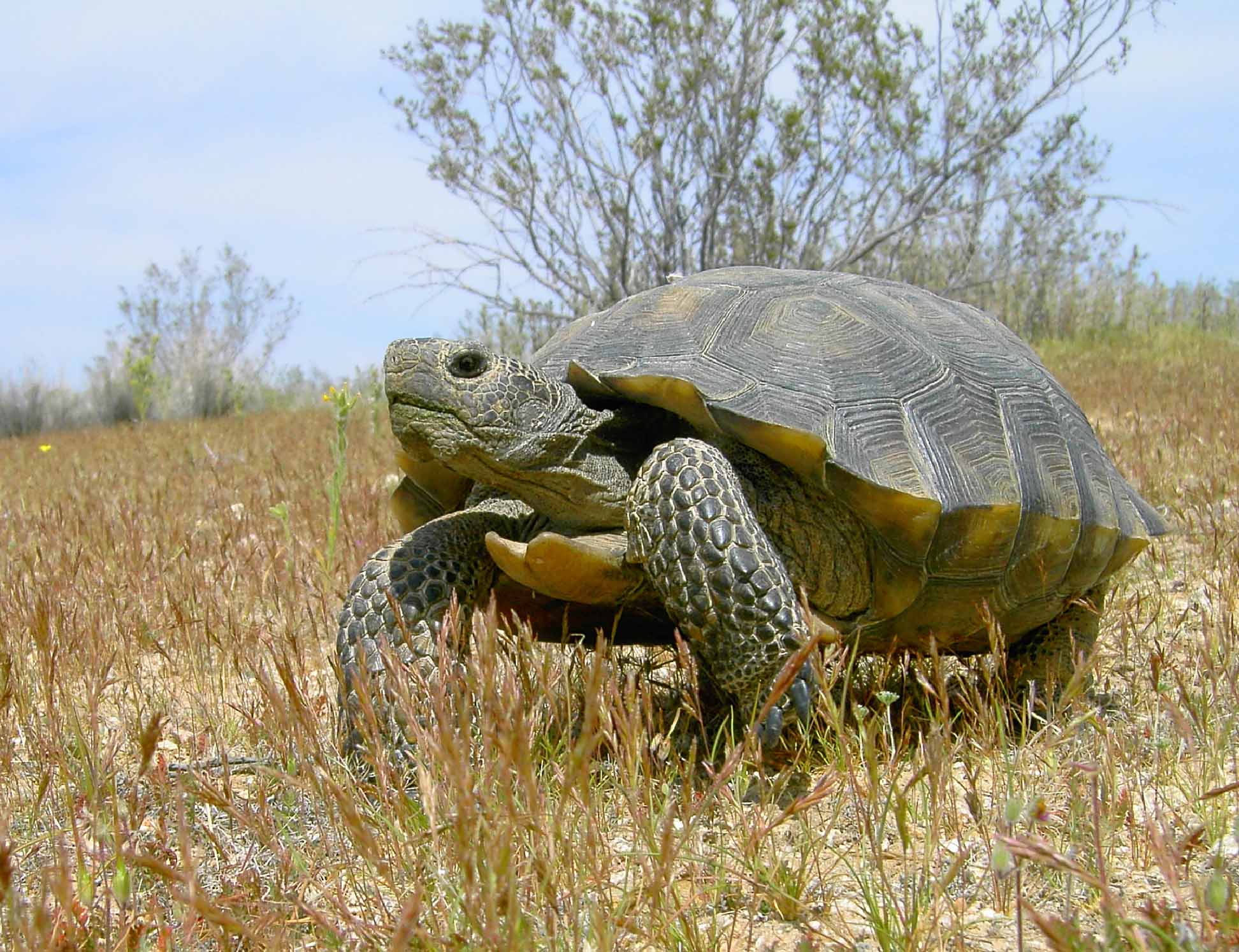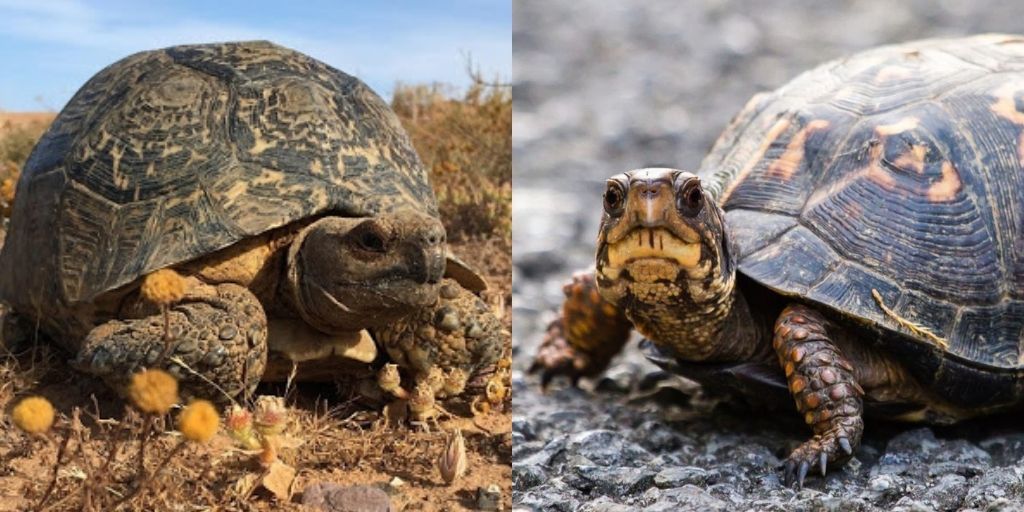Table Of Content

Captive breeding efforts in the Galápagos are yielding positive results. The Galápagos Conservancy has raised more than 7,000 tortoises of various species in captivity and released all of them into the wild. Chelonoidis hoodensis, a species from Española Island, has grown from a population of just 14 tortoises to more than a thousand. In 1959, the Ecuadorian government created Galápagos National Park to protect the tortoises’ habitat. Scientists believe that Galápagos tortoises migrated from South America to the archipelago some two to three million years ago. By 1835, when Charles Darwin arrived for the expedition that would ultimately inspire his theory of natural selection, these tortoises had evolved into distinct yet closely related species.
In human culture
Because they live in a harsh desert environment, the desert tortoises are some of the more hardy of the tortoise breeds. Over the years Galapagos tortoises numbers dwindled, reducing from 250,000 to only 3,000 in the 1970’s. Luckily, intensive conservation work has helped increase these numbers to around 19,000, which while a great improvement, is still a fraction of what the numbers of this tortoise once were.
Indian Star Tortoise

Outdoor enclosures should be fully fenced-in with solid material, such as concrete or brick. Hermann’s tortoises aren’t big on climbing, but they do enjoy digging. The hind legs tend to have more strength than the front ones, leading to some differences in size.
Hermann’s Tortoise Size
They can be found on all continents except for Australia and Antarctica. Tortoises are primarily herbivorous, eating mainly leaves, flowers, and fruits. Not all tortoises stick to a vegetarian diet, though; the species that live in damper forest regions occasionally consume animal matter. Although this helps them balance, male tortoises face unique challenges when mating due to the high-domed shells that female tortoises have.
The Time Two Russian Space Tortoises Beat Apollo to the Moon - HowStuffWorks
The Time Two Russian Space Tortoises Beat Apollo to the Moon.
Posted: Tue, 16 Apr 2024 07:00:00 GMT [source]
If this is the case, then simply lift up the tortoise, keeping it level, and gently carry it to the side of the road in the direction it was heading. Tortoises are wise, soulful creatures, with a lifespan that can cross decades and even centuries. As you’ll no doubt have noticed, the majority of tortoises on this list are threatened, and sadly this is almost entirely down to the habits and exploitation by humans. This species also needs to be fed a well researched diet, as it is susceptible to a build up of toxins found in certain foods, which can make your shelled friend quite unwell. Nowadays, due to mishandling and the breed becoming near threatened, many countries require specific certification for the ownership of Hermann’s tortoises. Leopard tortoises do enjoy interaction, however, and, as they do not hibernate, you can spend time with your pet all year round.
Tortoise Species, Care, and Conservation
Giant tortoise migration in the Galápagos may be stymied by invasive trees - Science News Magazine
Giant tortoise migration in the Galápagos may be stymied by invasive trees.
Posted: Fri, 01 Mar 2024 08:00:00 GMT [source]
These tortoises are omnivorous and will forage mainly for plant matter and vegetation along with carrion and mollusks such as snails and worms. To learn more about each type of tortoise, just click on the image or title and you will be taken to a more in depth overview of the tortoise and how to care for the tortoise. Hatchlings take approximately 90 – 120 days to incubate from eggs the size of a ping-pong ball. A Tortoise is a land-dwelling reptile of the order Testudines. Tortoise shells were used by ancient Chinese as oracle bones to make predictions.
Their Shells Are Alive
Although numerous animals, from invertebrates to mammals, have evolved shells, none has an architecture like that of turtles. The turtle shell has a top (carapace) and a bottom (plastron). The carapace and plastron are bony structures that usually join one another along each side of the body, creating a rigid skeletal box.
Sexual Maturity Is Determined by Size, Not Age
Tortoises also have a robust respiratory system despite dwelling on land. Due to their lack of webbed feet or flippers, they are unable to swim like turtles, but they have still evolved to have high tolerance levels for carbon dioxide. In practice, this means they are able to hold their breath for long periods of time. Unfortunately, the survival rate for tortoise hatchlings is quite low.
Diet of the Tortoise
Tortoises are burrowers, so be prepared for the amount of digging your tortoise can do. Turtles can cover vast distances in the water, but a tortoise is very slow moving on land. Tortoises are found worldwide with the most famous tortoise of all, the Giant Tortoise Lonesome George who lived on the Galapagos Islands near Ecuador. Tortoises, like their aquatic cousins, the Turtles, have a hard shell which protects their body.
Tortoises have notably long lifespans, often living between 80 to 150 years. Some can surpass this age in captivity under the right care. No present-day turtles have teeth; rather, the upper and lower jaws bear keratinous sheaths that fit onto the skull like a pair of false teeth. The edges (occasionally with serrations) are sharp and allow turtles to cut pieces of flesh from carcasses and quickly kill small prey. The cutting edges are also effective in chopping vegetation into bite-size pieces. Turtles do not chew; those that eat mollusks crush them with a broad, thick sheath inside the mouth.
Their slow reproductive cycle makes population recovery challenging. These beautiful tortoises inhabit dry bushland areas and woodlands. Radiated tortoises have high-domed dark brown shells decorated with their eponymous patterns of orange or yellow radiating lines.
Tortoises have heavy, rounded shells, whereas turtles shells are far lighter and streamlined. While most prefer semi-arid habitats, tortoises can also be found in grassland, deserts, evergreen forests, tropical islands, and even mountainsides. All breeds of tortoise are terrestrial, meaning they live on land, and, as their varied countries of origin might suggest, tortoises can live in a vast range of habitats. In this article we’ll be taking a closer look at a wide range of tortoise species, from those that make great pets, to those you’re more likely to find in the wild or in a zoo.

No comments:
Post a Comment